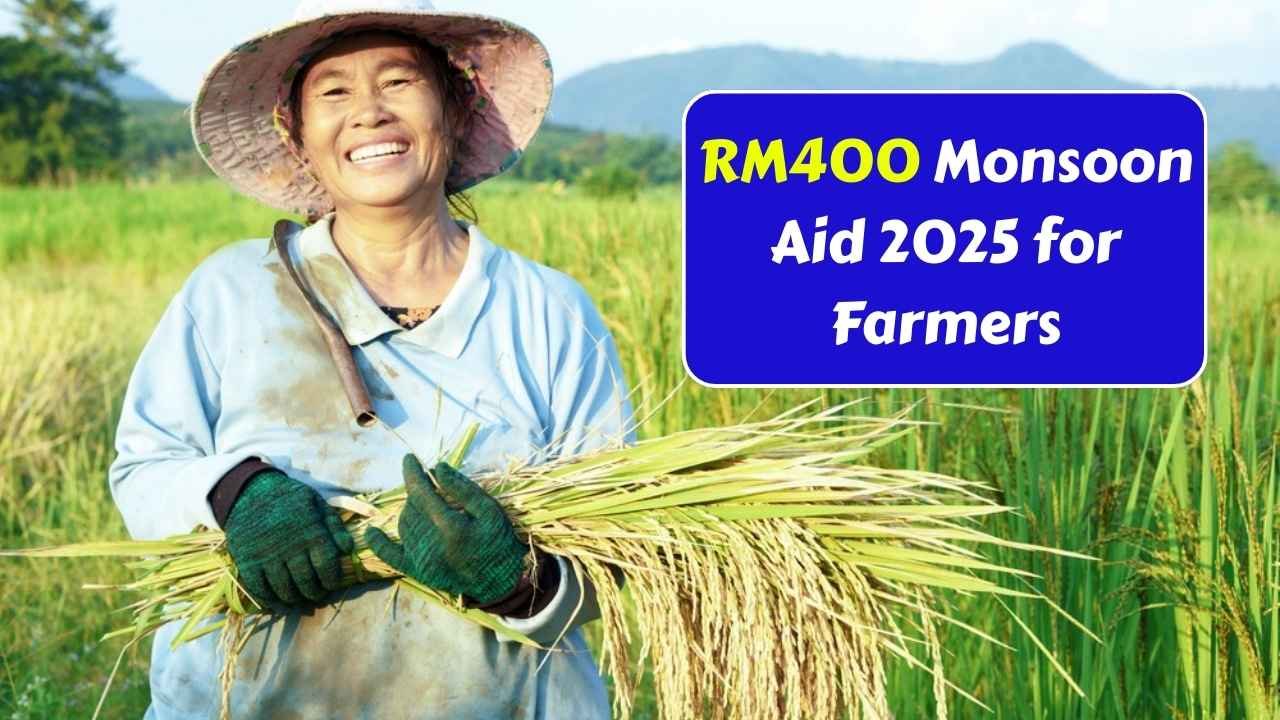Join on WhatsApp
Get the latest updates directly on WhatsApp – motivation, news & more!
Many governments or agricultural bodies introduce special assistance programmes during or after heavy monsoon periods. These help farmers whose crops or land have been damaged by flooding, waterlogging, soil erosion, or other adverse weather. In such programmes, monetary aid such as RM400 is provided to offset losses or maintain livelihoods during lean periods.
Monsoon aid is usually granted where normal income is disrupted, especially in regions that depend heavily on rain-fed agriculture or where infrastructure is weak. The idea is not only to compensate but also to prevent farmers from falling into debt or having to sell off assets just to survive.
Who Might Qualify for RM400 Monsoon Aid
Eligibility tends to depend on several criteria. If RM400 Monsoon Aid 2025 exists, the qualifiers might look like this:
- Farmers who own or lease land in regions designated as monsoon-affected or flood-prone
- Farmers whose crops or plantations have suffered measurable damage during the monsoon season
- Smallholders or marginal farmers, often considered more vulnerable, may be prioritized
- Registered farmers under local agriculture departments or equivalent bodies
- Farmers having valid identity documentation and proof of land use (such as permits, land titles, leases)
- Those who have bank accounts and other typical administrative requirements for receiving government payments
There may also be exclusions. For example, large commercial farms might not qualify, or those who already have received other forms of disaster relief may be excluded.
What Documents and Proofs You May Need
To apply, farmers are likely to need a set of documents. These are common in agricultural relief schemes:
- Government issued identity proof (national ID, etc.)
- Proof of land ownership or tenancy agreement
- Evidence of damage photos, reports, or assessments by field officers
- Registration with the local agricultural authority, if required
- Bank account details (so money can be transferred directly)
- Sometimes, a past record of yield or income to show how much loss has occurred
How to Apply: Step by Step
Here is a general outline of how an application process often works:
- Wait for official announcement from the agriculture department or local government. This will include deadlines, where and how to apply, what documents are needed.
- Collect all required documents and evidence. Photos, receipts, identity documents etc.
- Submit application either online (if there is a portal) or in person at a local agricultural office or government service center.
- Field verification may follow. A local officer might visit to check the damage claimed.
- If application is approved, the RM400 will be disbursed. Usually via bank transfer or other secure method.
- Keep record of the aid received; sometimes post-aid audits or follow-ups are done.
Things to Confirm Before Applying
Since I didn’t find solid confirmation of “RM400 Monsoon Aid 2025” under that name, you should check:
- Is there an official announcement (government portal, agriculture ministry, local government) confirming the scheme?
- What is the exact amount (is it RM400 or some other figure?)
- Which regions are covered and what is considered “monsoon damage”?
- What are the deadlines for application?
- Where do you submit the forms (which office or online portal)?
- Whether the scheme is only for certain crops (rice, rubber, smallholders etc.)


